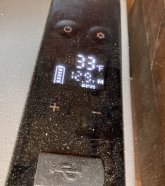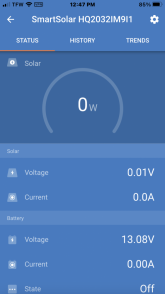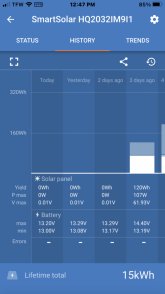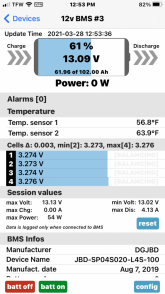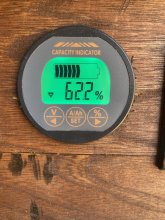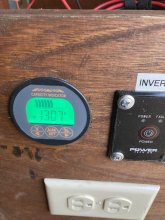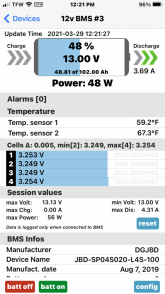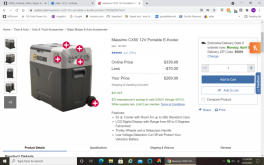Something in your screenshots just caught my eye that might be key here: "Three days ago", you began with a battery that was charged to 14.4V—that's, as's been mentioned previously, a whole two volts more than my lithium's even capable of charging to. So, coupled with the fact that I'm seeing my battery's capacity dropping ~1 volt/day, that might give your battery two additional days of run-time for the fridge right outta the gate.
The question now is: once your battery reaches 12.6V—which is my battery's starting/fully-charged state—how many days will it run? If your battery only runs for two days before reaching the 20 percent level, then that means: 1) you're only getting two additional days (still short of my week target); and 2) the additional days are due to your battery's higher charging point of 14.4V rather than mine's 12.6V.
Depending on your response, we might be getting somewhere....



